
I faced so much of issues rather harassed during my Srinagar tour because I visited those places surrounded by so much of controversies. I didn’t face any such issues in this place, the way I harassed in Roza Bal or during the visit to Pathar Masjid and some other places in Kashmir. However, I went there twice. The first time, I went there with a separate set of ideas about the place. My thought process and perspective about this place changed after the visit to the Temples of Awantipora. So, I went there one more time to clear some doubts. Soon after the second visit, I understood this place was also a controversial place. But fortunately, I didn’t face any resistance or harassed. Either local had no idea about the controversy or I was fortunate enough.
I have visited a place called, Mazar-I-Salateen, a graveyard in Srinagar. The tomb of Empress Miran (Jonaraja’s Meradevi), the mother of Budshah Zain-Ul-Abidin is there, known to all as Budshah’s tomb, located in the fussy lanes of Shahr-e-Khaas near Old Zaina Kadal area of Srinagar. I have never seen such a magnificent tomb before and this monument looks more as a mosque instead of a tomb.
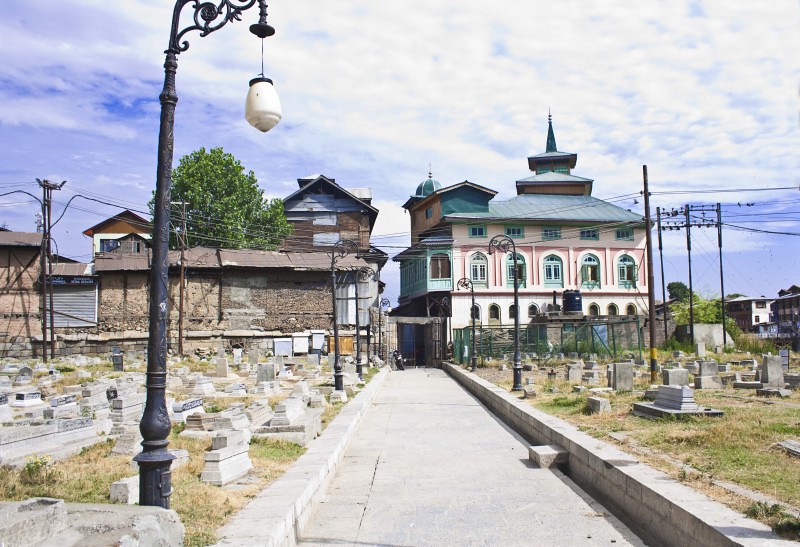
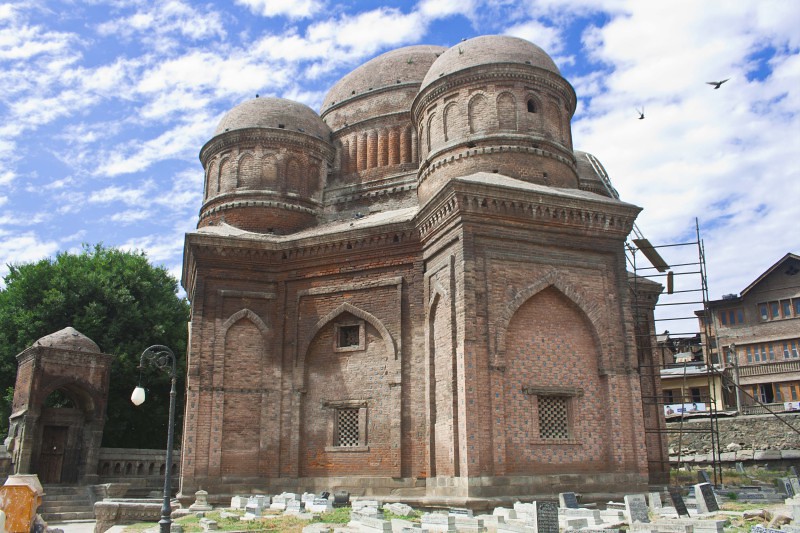
Mazaar-I-Salateen
The mausoleum is a bulbous brick masonry structure decorated with blue tiles, built in 15th century (1465 AD) by Zain-Ul-Abidin. The structure is influenced by Persian architecture, which is quite similar to the architecture found in Central Asia. I am no one to comment about the architecture, still, I found it very unusual in South Asian architecture. The main tomb chamber is domed shaped and flanked by four auxiliary domed rooms. There are two entrances to the graveyard, one is little far from this grand tomb and is a normal iron gate. The other one is just next to the tomb and interestingly the architecture is quite similar to the tomb. The boundary wall is also made of stone, similar, I have witnessed in Awantipora temples.

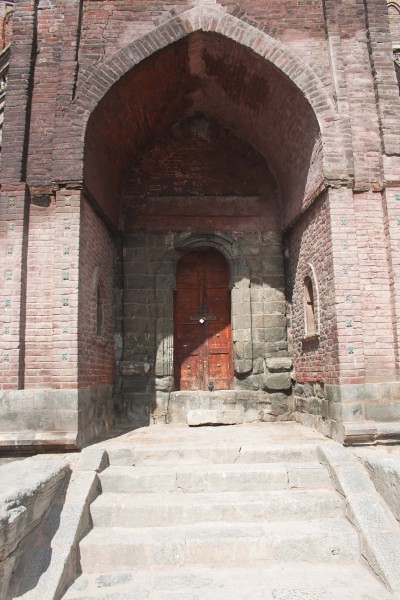
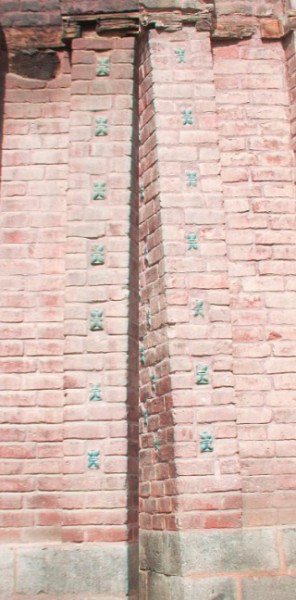
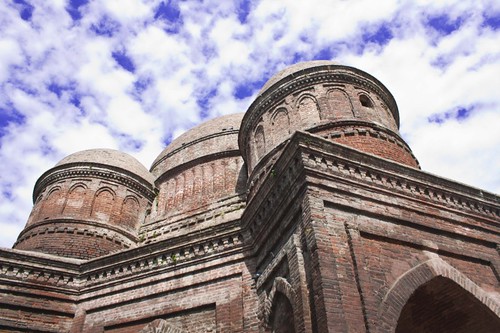
After my visit to Awantipora, couldn’t sleep that night and I spent the whole night with referring books and searching the net extensively. Next day early morning, I went to the cemetery for one more time. I noticed, (maybe) the tomb was erected on the basement of an ancient Hindu temple. The layer of bricks and the basement made of stone has followed completely two different architectures. Even, the entrance attached to the tomb and the boundary wall was also a part (My interpretation, Not sure) of the ancient Hindu temple. Although, the temple’s architecture of Awantipora influenced by Gandhara School of art (The Gandhara School of art developed and patronized during the reign of Emperor Kanishka in the first century AD. This art was primarily Mahayana and influenced by Greco-Roman.) and same I have noticed on the basement of the tomb. The main gate of the tomb was closed during my visit. But on the second time, I peeped through the main door and saw an iron chain hangs in the central dome. What is the significance of the iron chain in an Islamic monument? Seriously, I have no idea. Similarities between the Awantipora temples and the basement of the tomb, boundary wall and the entrance of the cemetery, importantly the chain made me confused. Please don’t think that my intention is to provoke controversy.
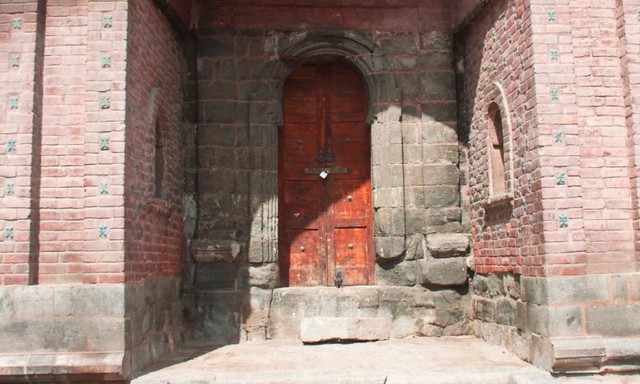
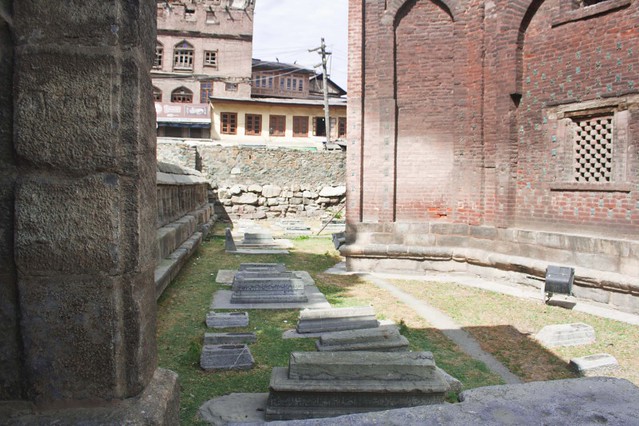
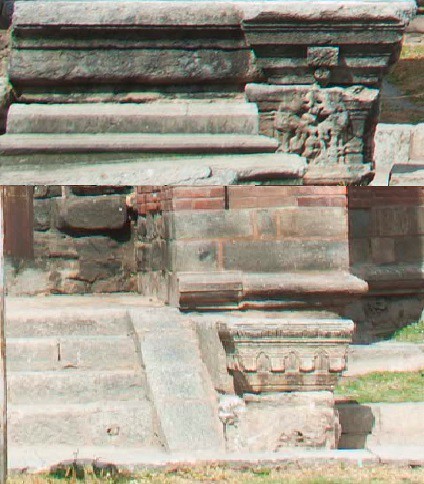
Here I would like to mention some historical facts. Zain-Ul-Abidin or Ghiyas-ud-Din Zain-ul-Abidin (1418–1419 and 1420–1470) ruled Kashmir for fifty years and before him, Sultan Sikandar Bhutshikan (1389 -1413 AD) was the ruler. Zain-Ul-Abidin, the eighth Sultan of Kashmir, was known for his liberal religious policy, promoted learning, interests in art, architecture and he promoted Sanskrit, Persian and Arabic languages in Kashmir. He withdraws all the orders issued by Sultan Sikandar Bhutshikan. He appointed Hindus to high posts and also abolished Jizya. He was the first man who forbade cow slaughter in Kashmir. People of Kashmir still remember him as Akbar of Kashmir. But during the reign of Sultan Sikandar Bhutshikan, stone temples of Hindu in Kashmir suffered destruction, some were modified and some converted into mosques. On the other hand, wooden temples suffered natural decay or were converted into tombs or mosques. It is understandable, what was the situation of Hindus during his rule.
The tomb adjoins a small graveyard, containing royal graves, including Sultan Zain-Ul-Abidin’s grave, and his wives and children. The grave of famous the Tartar invader Mirza Haidar Dughlat, the cousin of Babar is there. Many important persons were buried in this cemetery. But unfortunately, I couldn’t locate those graves as all tombstones were written, either in Persian or in Arabic languages.
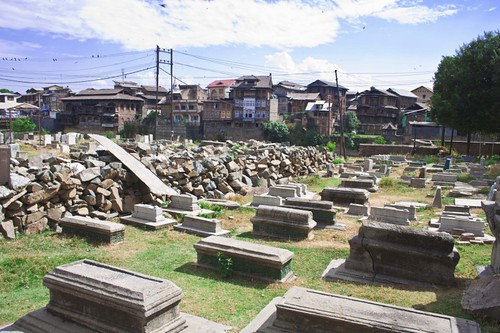
I want to share something with you all. I read books or some articles on the same but suddenly I noticed that nobody mentioned the name of Zain-Ul-Abidin’s mother in their Articles/Books. I thought I have skipped her name and go through one more time, but no, no nobody mentioned her name. Again I started searching for her name and was completely frustrated. I searched on Wikipedia and found a step ahead information. They referred this tomb as a tomb of Budshah Zain-Ul-Abidin and even they didn’t mention her name. I intimated the same to Wiki with proper references and they rectified it. Searching for over two months, finally, I learned the name from a book written by P. Pal. One more thing, during my visit to this place, I was also in search for a house called “Bamzai” or “Bamjai”, it is said that Rabindranath Tagore stayed in this house during his visit to Kashmir in 1915. I have tried so much to locate the house but couldn’t.
References
- “Jammu and Kashmir Guide” by M. Saraf
- “Arts of Kashmir” by P. Pal
- “Archeological Monuments” by A. Iqbal.
- “Temple Architecture of the Kashmir”
- “The Shrines and Temples in Kashmir” by K. L Butt
- “Hindu-Buddhist Sculpture of Ancient Kashmir”
Copyright © BongBlogger you can share this post subject to the conditions that please give due credit to the Author Indrajit Das and do not alter before sharing. Request do not Plagiarize.
If you found your photographs here and have issues with that please E-mail me with your requests, I will remove your photographs from the public domain.
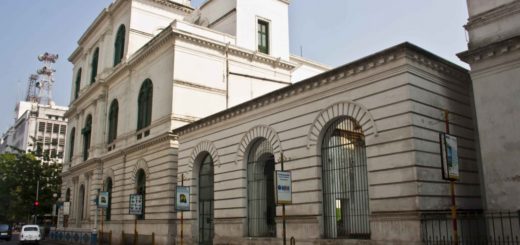
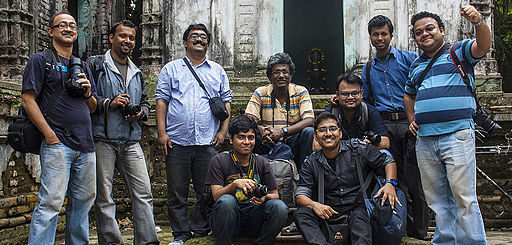
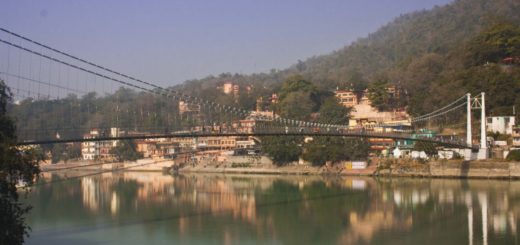
Great work Indrajit. 🙂
Thank you so much..
Nice article
Good job inderjit ..Thanks !
Thank you so much Manoj for stopping by my blog
Great work